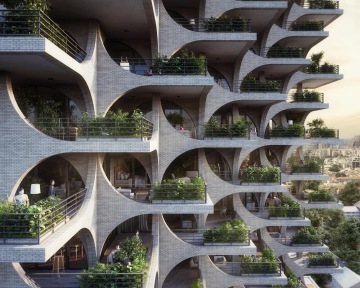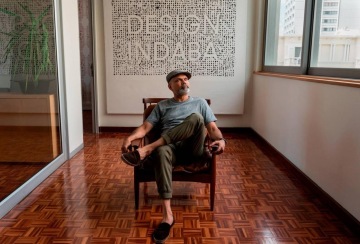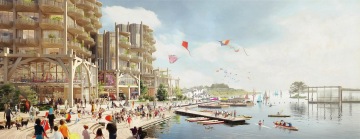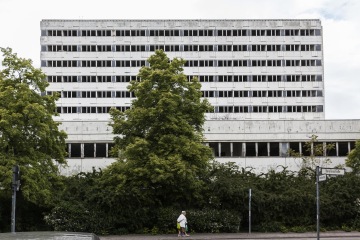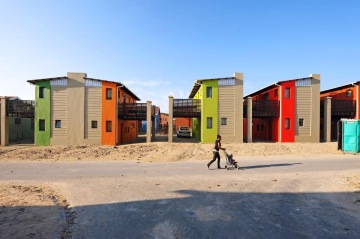
Ravi Naidoo on Design in Service of People
Founder of Interactive Africa and Design Indaba, Ravi Naidoo challenges his audience at reSITE to reframe what they believe the purpose of design is for.
“I think the fundamental question is this: what’s design for? Is design a handmaiden to consumption? Is design just to sell more widgets? Or is design in service of people? What's the design for?"
In times where coronagrifting, Sidewalk Labs and other idealistic renderings of design possibilities have taken over our newsfeeds, Ravi Naidoo offers a breath of fresh air in the far too often grandiose implementation of design, holding it up to something higher. During his presentation at reSITE REGENERATE he illustrates how Design Indaba’s projects have broadened the definition of what design can be.
Conferences aren't talk-shops. They're a wonderful opportunity to coalesce energy and to make it a force for good.
“Design has a problem right now. There is a bit of a design bubble. Every city has a design week. Everyday there is a design conference going on somewhere in the world. We really have to set ourselves to a higher standard as to why we need to put a design conference together.” Ravi advocates for events like these to be a crucible for change and an opportunity to fuse that energy into a force that improves the quality of life he intends to create. He continued, "Conferences aren't talk-shops. They're a wonderful opportunity to coalesce energy and to make it a force for good."
Watch: Ravi Naidoo on Creating a Better World Through Creativity
Design Indaba, one of the most influential design events in the world, paints itself as “not just a think-tank, but a do tank”. The 25 year old organization holds an annual three day event filled with presentations and discussions or, as Ravi puts it, “three days of talking, 362 days of doing,” with the strong conviction in not only being an advocate but creating a precedent.
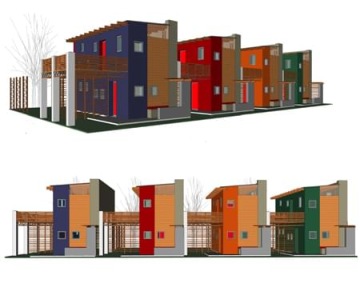
Can Design Give Dignity?
By pushing design into a space where it can be more than just consumption, and to improve the quality of life for “not just the haves, but the have-nots,” Ravi’s approach to design is one of inclusion.
3 days of talking, 362 days of doing.
Design Indaba's 10x10 Low-Cost Housing project aim was to design alternative, low-cost housing in South Africa, the state with the worst GINI Index. Ravi brought together 10 teams, each consisting of an international architect—including some of the most sought after in the world—paired with a local architect, challenging them to design a basic but attractive and innovative house in response to the urgent need to house greatly underserved communities.
Does Design Always Have To Be Objectified?
Design can be used to generate more than just products for consumption; it can also solve problems. Take Design Indaba’s designER+, a design for an emergency response. For example, designER+ sent 11 tons of food and other provisions to Somalia in response to the plight of its citizens during the height of a famine.
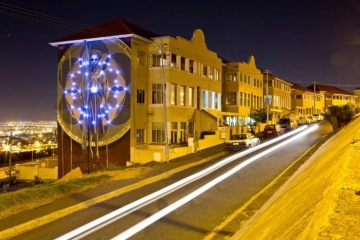
Can Design Prevent Violence Against Women?
Ravi makes the case for leveraging urban design as a player in diminishing violence in communities, with something as basic as improving lighting in public space. South Africa is said to have one of the highest rates of gender-based violence, leading to national outrage in the wake of numerous high-profile cases of rape and murder.
We can concieve of a better world through creativity.
With upwards of 65% of women living in informal urban settlements, that are often not serviced with basic amenities like lighting, there are specific needs in addressing domestic and sexual abuse in informal urban areas. Design Indaba’s creative initiative #ANOTHERLIGHTUP not only lit up the informal settlement of Monwabisi Park in Khayelitsha, but created a dialogue which intrinsically raised awareness on the plight of women in Cape Town.
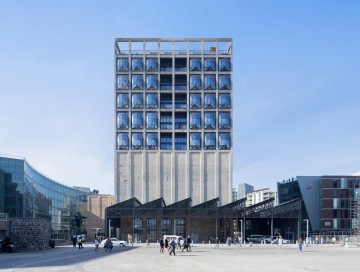
Can Design Elevate Cultural Identity?
Former grain silo turned art museum, Zeitz Museum of Contemporary Art Africa, designed by reSITE REGENERATE speaker and Design and the City guest, Thomas Heatherwick. The space was realized in collaboration with Design Indaba with the intent to create a platform for Africans to tell their own story, protecting their cultural legacy in the first extensive institution for contemporary African art. Since opening in 2017, the Zeitz MOCAA has won several awards, including TIME's 2018 list of the world's 100 Greatest Places.
Can Design Make a Memory?
To protect the legacy of the famous African musician, Hugh Masekela, Design Indaba, in collaboration with Sir David Adjaye, created Hugh Masekela Memorial. It was designed based on the architectural tradition from the five different parts of Africa that Masekela lived in during Apartheid and rooted in the Pan African aesthetic. As Ravi noted, "We just wanted to create a meditative place, almost poetic in the way of celebrating a fallen hero."
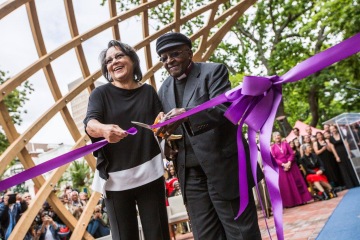
Can Design Enhance Democracy?
Affectionately known as “Arch,” Archbishop Desmond Tutu is a national hero in South Africa. Design Indaba, along with Snøhetta’s Kjetil Trædal Thorsen, and Johannesburg based Local Studio designed the “Arch for Arch'' as a tribute to the embodiment of one of South's Africa's fiercest advocates of human rights.
It became a massive communications platform for South Africans to engage in a conversation, nationwide, about what democracy means.
The arch is designed with democracy and the South African constitution in mind, as Ravi described it: "It's become more than artifact—it became a massive communications platform for South Africans to engage in a conversation, nationwide, about what democracy means."
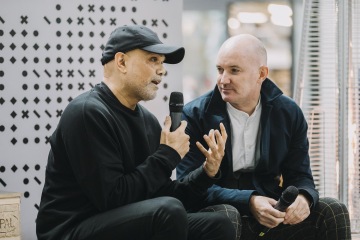
Design is a broad church with many portals. Come in, let’s make a better world through creativity.
Ravi leaves us with some thoughts, calling for introspection and a reassessment of what we define design as, reminding us that design “is a malleable tool, it has great plasticity, we can do so many things with it. Don’t be high-bound by your classifications of an urban planner, or an architect, or a product designer. Look at the world of design as this wonderful source code and tool kit to reimagine the 21st century”. He continues “it is a broad church with many portals, come in, let’s make a better world through creativity.”
Listen: Ravi on Design and the City
Ravi Naidoo spoke at reSITE 2019 REGENERATE. He can be heard on reSITE's new podcast Design and the City. His lecture was also featured during Dezeen's Virtual Design Festival.
More Ideas on Designing for Social Impact
A New Generation of Architects with Chris Precht
Chris Precht’s aim to reconnect our lives to our food production by bringing it back into our cities and our minds can be found throughout his architecture. Listen as he discusses the importance of authenticity, creating spaces that activate our senses, and looking at our objective reality to solve the problems of our time.
Giving Design a Higher Purpose with Ravi Naidoo
Ravi Naidoo, the driving force behind Design Indaba, arguably the most influential design event in the world. The event takes place annually in Cape Town is only the tip of the iceberg. Listen as he pushes the boundaries of the purpose design holds with the simple question—what is design for? Photo courtesy of Design Indaba
Bianca Wylie on the Critical Design Process of Democracy in Smart Cities
Bianca Wylie is a Toronto-based, open-government advocate among the early critics to raise concerns about privacy issues of the Sidewalk Lab’s now-defunct controversial smart neighborhood proposal on Toronto’s waterfront land.
Fighting Gentrification, Berlin-Style with Leona Lynen
A vast, unoccupied administration building in the heart of Berlin at Alexanderplatz - Haus der Statistik - has become a prototype for gentrification done right. Hear from Leona, a member of the cooperative, ZUsammenKUNFT, as she discusses how they are developing a mixed-use urban space oriented towards the common good. Photo courtesy of Nils Koenning
